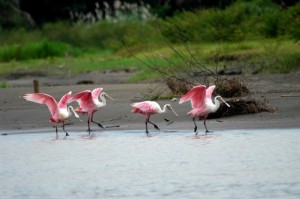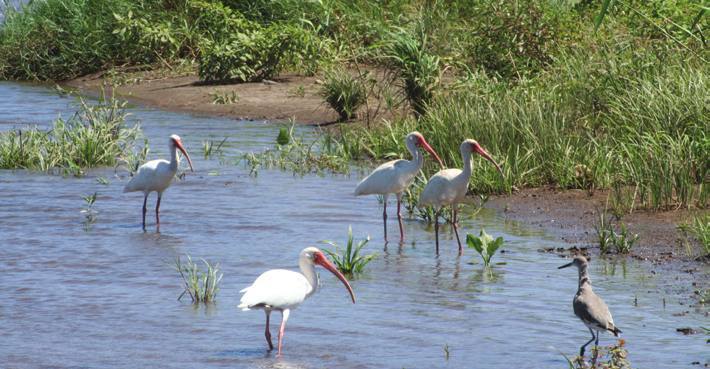Costa Rica News – The typha plant has caused a big problem over the last few decades. By removing it from 146 wetland acres, the migratory birds have returned to Palo Verde National Park in Guanacaste, Costa Rica.
 Upon clearing this area of the invasive plant, the waterfowl increased from just 1,300 to 22,700 individuals, says the ACAT, the Research and Monitoring Program of the Arenal Conservation Area Tempisque.
Upon clearing this area of the invasive plant, the waterfowl increased from just 1,300 to 22,700 individuals, says the ACAT, the Research and Monitoring Program of the Arenal Conservation Area Tempisque.
The manager of Palo Verde, Ulises Chavarria, said, “They’re getting more individuals of the same species and other species that had not arrived or had stopped coming. We do monthly monitoring at sites that are being rehabilitated to track.”
The birds they are seeing in greater numbers include Canadian duck, northern pintail, roseate spoonbill, and Eurasian teal. The typha reduces the depth and extent of wetland water bodies, where waterfowl feed and rest. It’s been a problem since 1986. Over 30 years, the extent of wetlands has decreased by 35% due to this plant.
In the next five years, the ACAT intends to recover 350 acres of wetland. Over a longer term, they will rehabilitate 3,000 hectares. These open waters will benefit not only the birds, but also fish, butterflies, and aquatic insects.

